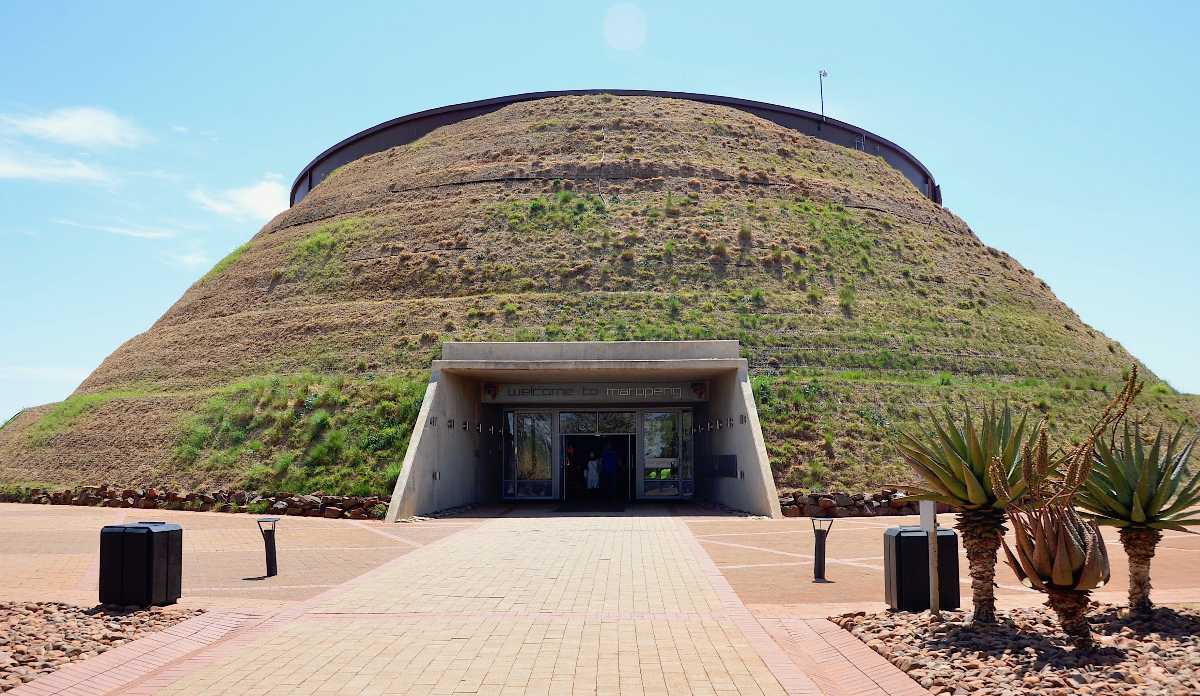Johannesburg North Attractions - An Overview
Johannesburg North Attractions - An Overview
Blog Article
A Biased View of Johannesburg North Attractions
Table of ContentsUnknown Facts About Johannesburg North AttractionsAn Unbiased View of Johannesburg North AttractionsNot known Incorrect Statements About Johannesburg North Attractions Some Known Facts About Johannesburg North Attractions.Getting The Johannesburg North Attractions To WorkJohannesburg North Attractions Fundamentals Explained
The city expanded on the side of the Witwatersrand Main Coral reef, a subterranean stratum of gold-bearing quartz-silica conglomerate that arcs for hundreds of miles below the Highveld - Johannesburg North attractions. Many of the gold mines in the city discontinued procedure in the 1970s, however in its day the Witwatersrand gold industry accounted for more than 40 percent of the globe's annual gold production.Johannesburg has a pleasant climate. The city appreciates about eight hours of sunshine per day in both winter season and summer season.
What rain the city gets drops practically specifically in the summer months, usually in incredible late-afternoon electric storms. Air contamination postures a significant issue, specifically in the cold weather, when thermal inversions hamper the westward circulation of air from the Indian Ocean. Contamination is most extreme in the largely worked out Black territories on the city's periphery, where numerous homeowners still depend on coal for fuel.

The Basic Principles Of Johannesburg North Attractions
The balance of the city is inhabited by whites. Holiday accommodation varies in character and high quality.
Physical development, although rather restricted by transport, proceeded quickly as immigration to South Africa, and Johannesburg in specific, raised drastically. This trouble was addressed in the 1930s when the automobile was introduced in automation to South Africa. Cars were, generally, restricted to the well-off, and allowed them to move to the north of the city and commute into the centre.
Many poor residential areas were blended, with inadequate blacks and whites living together, although the well-off suburban areas were usually booked for whites.
The previous system of eleven phoned number areas was reorganised in 2006. Marshalltown, as seen from the top of the Carlton Centre. The M1 and M2 run behind the buildings, and the southerly suburbs expand past the highway limit. The inner city of Johannesburg lies within the city's Area F. The estimated population of the area is 200,000, [] but the variety of people residing in the internal city on an informal basis is unknown, as lots of are illegal aliens. The majority of higher-income locals and white individuals have relocated to the north suburbs and have actually been replaced by lower-income black people. The joblessness, education, and age profiles of the area are all unidentified, due to the problem of obtaining dependable info concerning the area.
Not known Details About Johannesburg North Attractions
Yeoville and Bellevue have a mix of apartment or condo buildings and single residential devices on little lots. The region lies on a hilly divide that runs from east to west. One of the most noticeable geographic attribute is Observatory Ridge, which is called for the large observatory situated on it. The recreational areas are no more made use of, because of safety and security problems.

The Johannesburg North Attractions Ideas
The eastern suburban areas are some of the oldest areas of Johannesburg, there are huge neighborhoods of Jewish and various other European backgrounds, the bulk of the population visit this site is English talking. There are three golf training courses as well as a number of secured ridges with viewsites.
Initially constructed to house male migrant employees, many reference have been enhanced as houses for pairs and family members. The residential area was not historically allowed to create employment centres within the location, so almost all of its residents are commuters to other components of the city.
The Basic Principles Of Johannesburg North Attractions
The N1 Western Bypass links the northern residential areas with the north-western suburbs. The houses in the north suburban areas are mainly official, without any significant locations of casual housing, or real estate that lacks a permanent framework. Although this is an established location, there is a pattern of land usage adjustment from domestic to industrial, particularly along primary arterial roads and around well-known nodes.
Roadways to the eastern and west are less well established, as there are no highways more helpful hints travelling in that direction. In the direction of the northern border of the city, the density of advancement decreases, leaving huge areas of untaught land around Midrand.
Some Ideas on Johannesburg North Attractions You Need To Know
The initial suburb to the north of the central city is Parktown, which is located on a hill neglecting the central city and Hillbrow. It has numerous wealthy residents and Edwardian-design estates, in addition to the Education and Clinical universities of the College of the Witwatersrand. The huge concrete Charlotte Maxeke Johannesburg Academic Hospital controls the sky line of Parktown.
Report this page